
Statue bombs and spies kidnapping waitresses – North Korea’s long history of odd accusations
A turncoat assassin sent to North Korea armed with “nano poison” to kill leader Kim Jong-un?
It’s only the latest in a string of odd, as-yet-unproven accusations over the years that a proud, highly sensitive North Korea has levelled at its US and South Korean rivals.
From South Korean plots to kidnap waitresses from the North to threats to target the exact coordinates of South Korea’s “reptile” anti-North Korea media, Pyongyang’s propaganda is awash with conspiracy theories and ultraviolent threats.
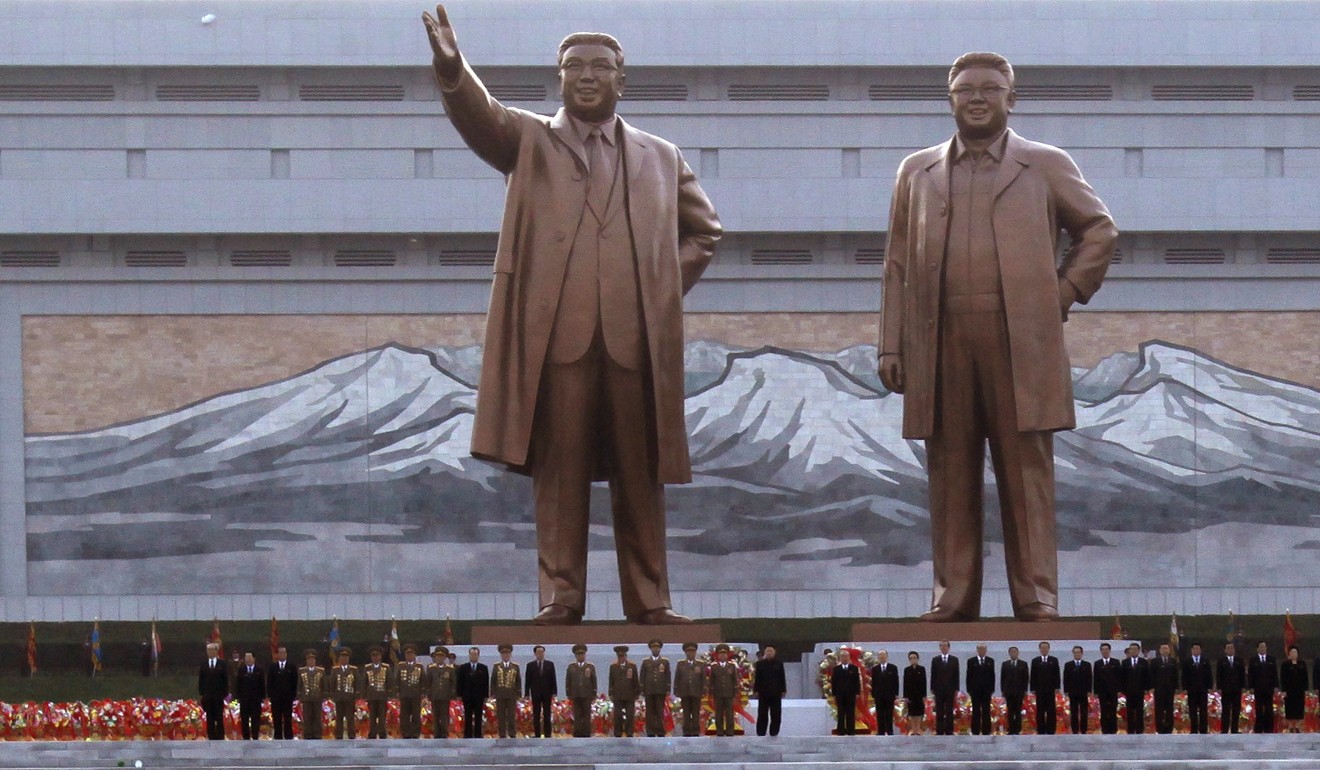
At a press conference in Pyongyang, a man identified as Jon Yong-chol said he was paid by South Korean agents to blow up a Kim Il-sung monument using a remote-controlled bomb. People who have appeared at similar events have later said they were coerced.
North Korea, which has built a personality cult around the Kim clan, considers Kim Il-sung statues sacred. Pyongyang equated the plot to an “armed invasion” and vowed revenge.
South Korea said Jon, who was arrested by North Korea before he could allegedly blow anything up, defected to the South in 2010. Officials in Seoul insisted the statue claim was “completely false”.
North Korea regularly accuses South Korea of abducting or enticing its citizens to defect, although Seoul denies it.
After 13 North Korean workers from a restaurant in China defected to South Korea in April last year, North Korea said they were kidnapped by South Korean spies.
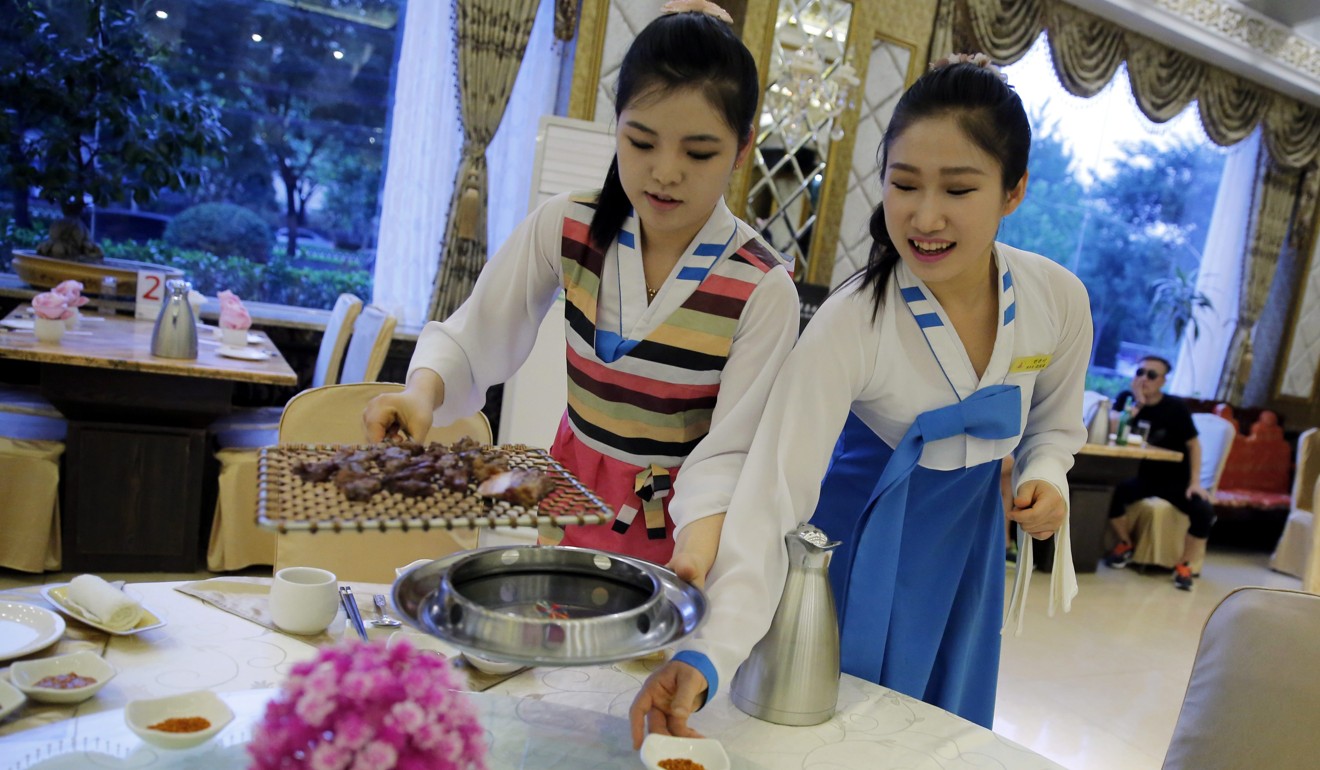
North Korea has repeatedly demanded their return. It even offered to send North Korean relatives to the South to reunite with the workers, although Seoul rejected the highly unusual overture.
South Korea said the workers chose to resettle in the South on their own. It was the largest group defection by North Koreans to the South since North Korean leader Kim Jong-un took power in 2011.
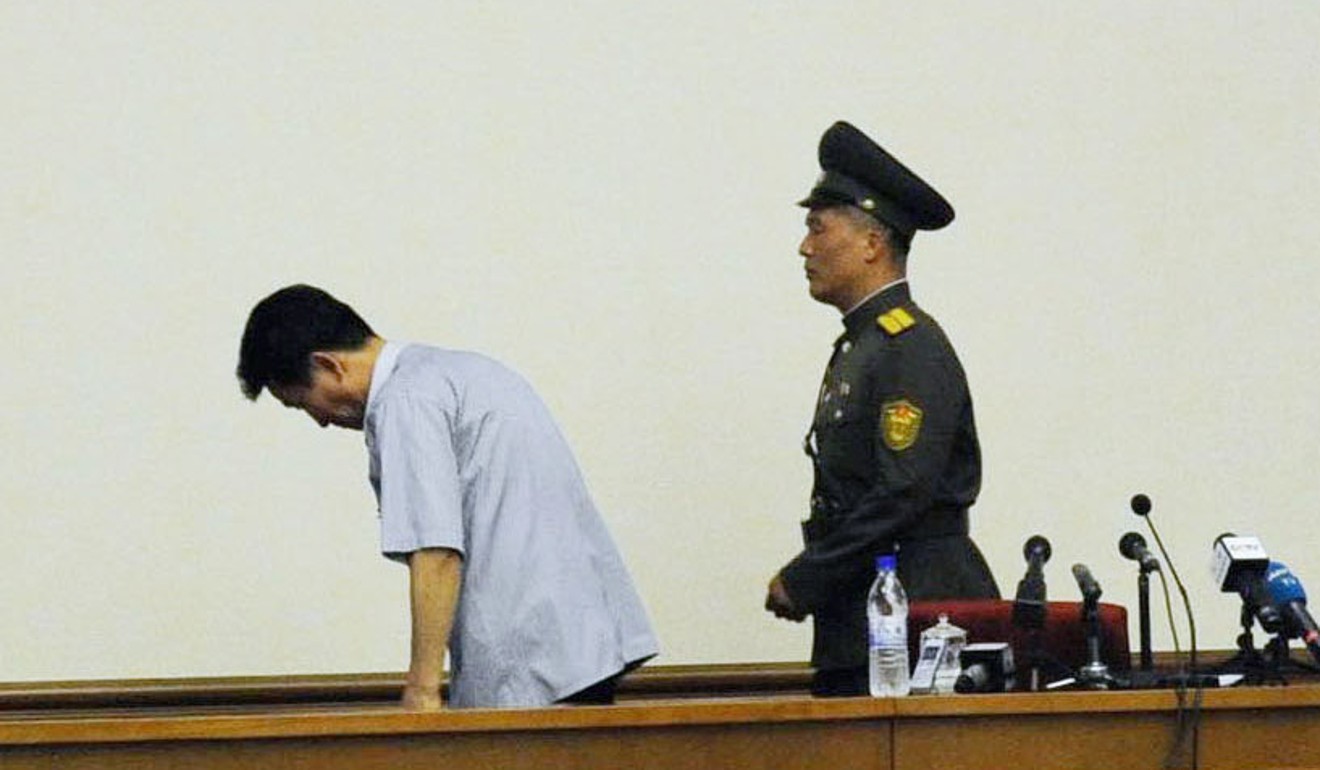
North Korea often arranges news conferences for foreign detainees during which they read statements that purport to acknowledge their wrongdoing and praise the North’s political system. Many detainees have said after their releases that they were coached or coerced beforehand.
The South Korean media is often the target of bizarre threats.
In 2012, North Korea’s military warned that its troops had aimed artillery at the specific coordinates of South Korean media groups over their critical reports on children’s festivals that had been taking place in Pyongyang, threatening a “merciless sacred war” over perceived insults.
The threatened South Korean media companies included TV station Channel A, which described the festivals involving tens of thousands of children as an Adolf Hitler-style “political show.”
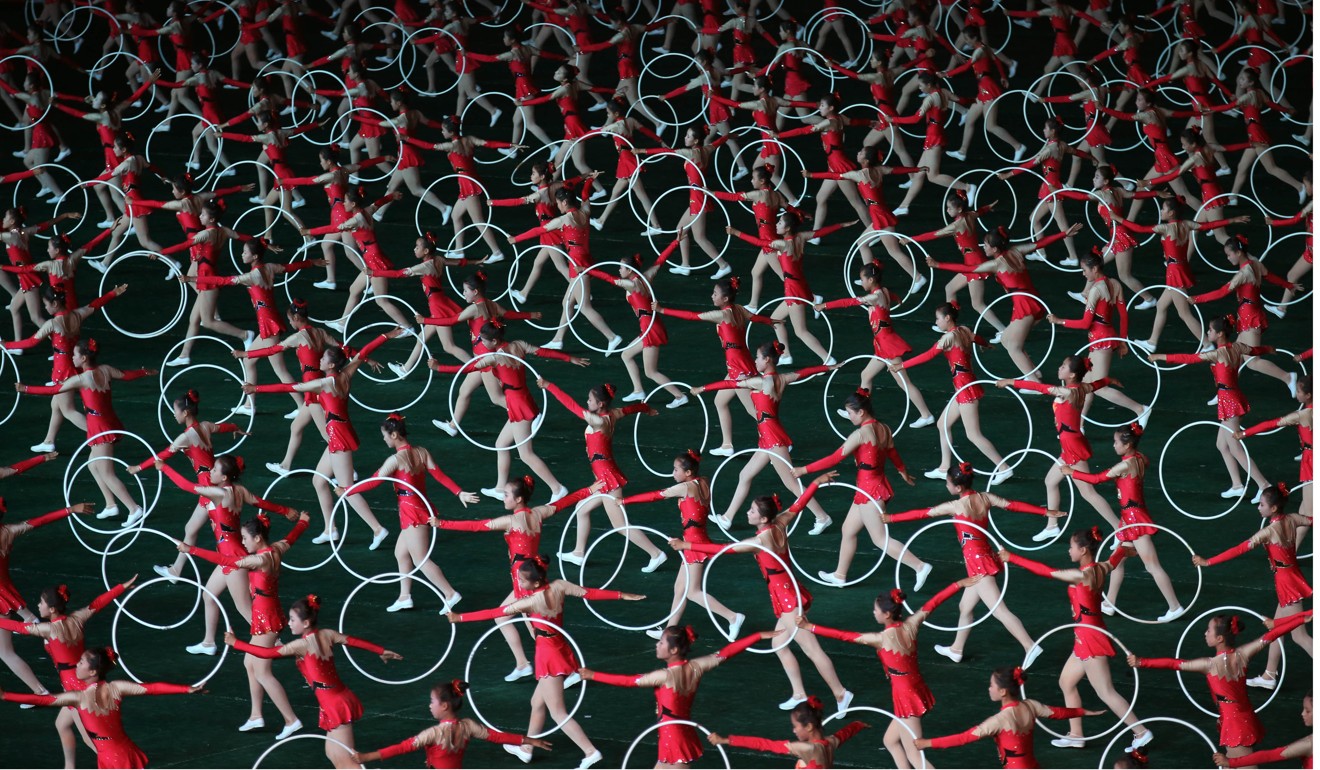
“Officers and men of the army corps, divisions and regiments on the front, and strategic rocket forces in the depth of the country are loudly calling for the issue of order to mete out punishment,” said the statement by the North’s Korean People’s Army.
North Korea said it would attack the news companies if South Korea didn’t apologise for orchestrating the “vicious smear campaign,” although it didn’t carry out the threat.
Similar targeted threats were made against South Korea’s leader.

Photos from the North’s state media showed Kim laughing as his special forces troops attacked what appeared to be a full-scale mock-up of the Blue House before setting it on fire.
The drill took place shortly after South Korean lawmakers voted to impeach former president Park Geun-hye, who was formally removed from office in March and is in jail while awaiting her corruption trial.
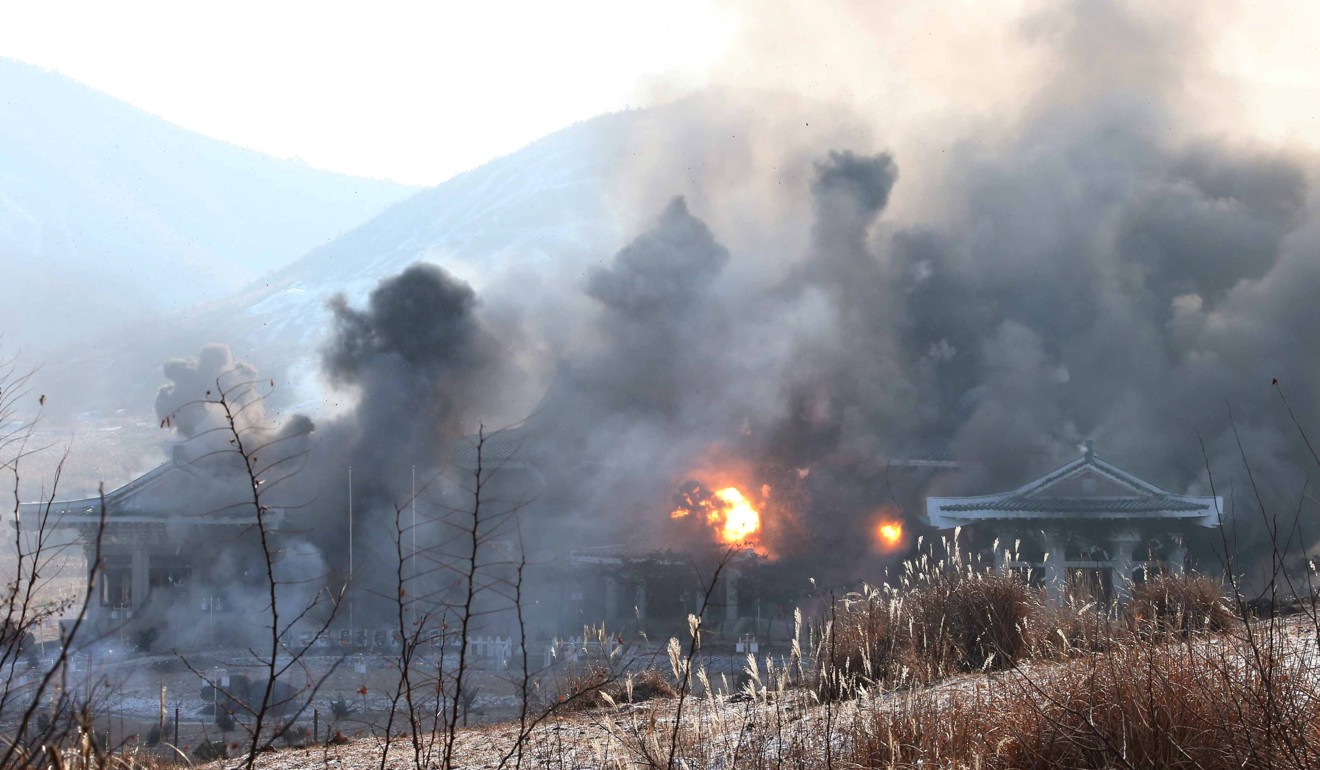
South Korea’s military “strongly condemned” the drill and warned of “fatal” consequences if the North provoked it.
The drill was particularly disturbing for South Koreans who remember a failed attempt by North Korean commandos in 1968 to assassinate then dictator Park Chung-hee, Park Geun-hye’s father. The 31 commandos came within striking distance of the Blue House, but South Korean security forces managed to repel the assault at the last minute. The only commando captured said he had come to “slit the throat” of Park Chung-hee.

